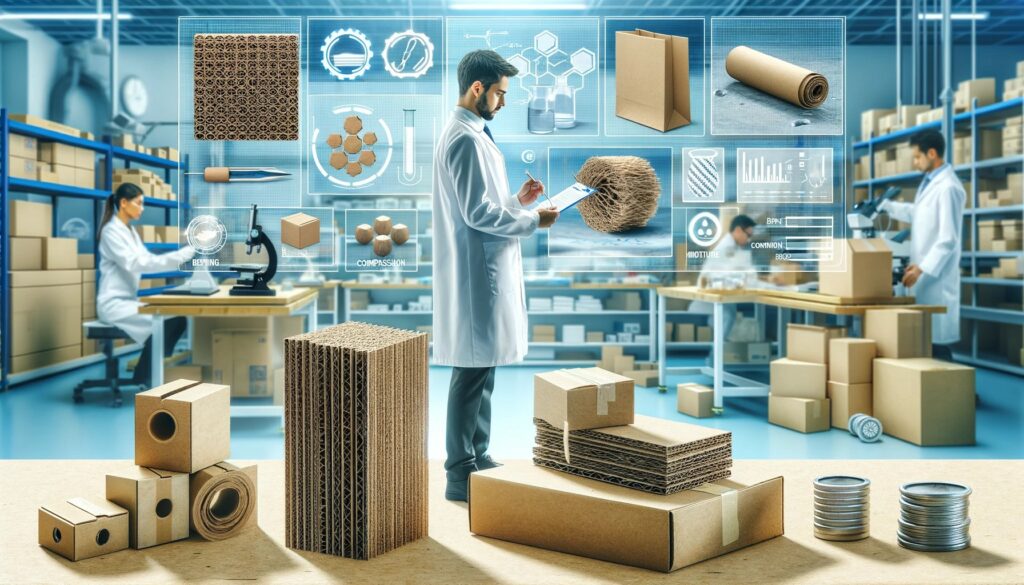
Basics of materials and cardboard testing – why it’s important
Materials testing is a critical process in the manufacturing and quality control of various products, including cardboard. Understanding the basics of materials testing and its importance, particularly in relation to cardboard, offers insight into why this process is vital for both manufacturers and consumers.
1. Understanding materials testing
Materials testing involves the evaluation of physical and chemical properties of materials to determine their suitability for specific applications. This includes testing for strength, durability, flexibility, and resistance to various environmental factors. The process helps in identifying the capabilities and limitations of a material, ensuring that it meets the required standards and specifications for its intended use.
2. Importance of materials testing for cardboard
- Quality assurance: Testing ensures that the cardboard meets specific quality standards. This is crucial since cardboard is widely used for packaging, and its quality directly affects the safety and integrity of the products it encases.
- Performance evaluation: Cardboard must withstand various stresses such as compression, bending, and impact. Materials testing evaluates these aspects to ensure the cardboard can perform under expected conditions without failing.
- Environmental resistance: Cardboard packaging often faces environmental challenges like humidity, temperature fluctuations, and exposure to chemicals. Testing helps in assessing how well the cardboard can withstand these factors.
- Consumer safety: For packaging food items or sensitive products, it’s essential to ensure that the cardboard doesn’t contain harmful substances. Materials testing includes checking for any toxic chemicals that might leach into the products.
3. Some types of tests for cardboard
- Compression testing: Measures the cardboard’s ability to withstand compressive forces, which is crucial for stacking and storage.
- Burst strength test: Determines the pressure at which the cardboard will burst, indicating its overall strength.
- Edge crush test (ECT): Assesses the stacking strength of cardboard by testing its edge load-bearing capacity.
- Four-point bending test: A specific method used to evaluate the flexural properties of cardboard materials. It involves subjecting a cardboard sample to controlled bending forces to measure its strength, stiffness and deformation characteristics.
4. Implications in industry and environment
- Efficiency and cost-effectiveness: By ensuring the cardboard is suitable for its intended purpose, materials testing helps in reducing waste and costs associated with product failures or recalls.
- Environmental sustainability: Testing can also focus on the recyclability and environmental impact of cardboard, promoting sustainable practices in packaging.
Conclusion
Materials testing is not just a procedural formality but a crucial step in ensuring the reliability, safety, and effectiveness of cardboard as a packaging material. By rigorously testing cardboard, manufacturers can guarantee that their products are fit for purpose, safe for consumers, and environmentally responsible. This enhances consumer trust and supports sustainable manufacturing practices, making materials testing an indispensable part of the cardboard industry.
✅ Read more about our package test systems
✅ Read more about our materials testing equipment